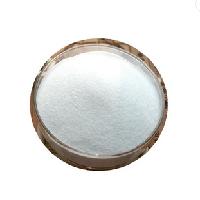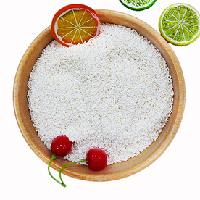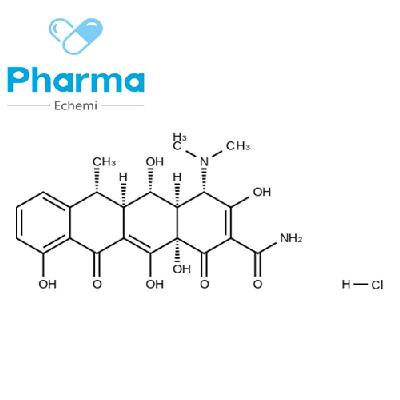-
Categories
-
Pharmaceutical Intermediates
-
Active Pharmaceutical Ingredients
-
Food Additives
- Industrial Coatings
- Agrochemicals
- Dyes and Pigments
- Surfactant
- Flavors and Fragrances
- Chemical Reagents
- Catalyst and Auxiliary
- Natural Products
- Inorganic Chemistry
-
Organic Chemistry
-
Biochemical Engineering
- Analytical Chemistry
-
Cosmetic Ingredient
- Water Treatment Chemical
-
Pharmaceutical Intermediates
Promotion
ECHEMI Mall
Wholesale
Weekly Price
Exhibition
News
-
Trade Service
A market where opportunities and challenges coexist
We are gradually entering an era of the Internet of Everything.
1.
2.
3.
Most of the electronic equipment manufacturing processes are relatively sophisticated, multi-step processes, and highly complex parts have spawned many supporting industries, and pressure-sensitive adhesive materials play a pivotal role in different fields
Pressure sensitive adhesive is an adhesive material that generates viscous flow through slow and appropriate external force, achieves close contact with the surface of the object, generates intermolecular force, and achieves interface bonding.
① In the field of wireless charging, pressure-sensitive tape helps to bond, fix and protect the modules at the receiving end and the transmitting end to make it energy efficient
② In the display field, optical pressure-sensitive adhesive is used to bond various optical materials inside the screen, so that it can still maintain optical transparency under high temperature and high humidity conditions to ensure the clarity of imaging
③ Protect various "delicate" electronic parts (such as screens and their parts) during the manufacturing process and shipment process to prevent them from being damaged due to scratches and bumps that may occur during transportation
Silicone pressure-sensitive adhesives are widely used in the preparation of various protective films in the electronics industry to provide a full range of protection for the transportation, manufacturing and use of precision components
02
Characteristics and selection of silicone pressure sensitive adhesive
There are many types of protective films.
Tack is usually the primary consideration when choosing a silicone pressure-sensitive adhesive
.
Viscosity is different from adhesion.
The often-speaking "adhesion" generally refers to the peeling force between the substrate and the protective film.
The viscosity also includes initial adhesion, holding adhesion and cohesion.
These are the pressure-sensitive adhesives that customers choose Factors that need to be considered comprehensively
.
The backing of the substrate, the thickness of the glue and the formula will also affect the adhesion of the pressure-sensitive adhesive
.
WACKER Chemie, the world's second largest silicone manufacturer, offers a series of silicone pressure-sensitive adhesive products with different (high, medium and low) adhesion strengths: DEHESIVE® PSA 845T, DEHESIVE® PSA 847M, DEHESIVE® PSA 846L and DEHESIVE® PSA 765 CN
.
Different viscosity requirements can be achieved through mutual matching.
Among them, DEHESIVE® PSA 765 CN is a high-priced product that does not contain solvents and has the advantages of localized production and supply
.
In addition to stable adhesion performance, this series of products also have the following characteristics:
Similar viscosity, good mixing uniformity
Good viscosity regulation stability
Good coating appearance
Long bath life
Can be cured at low temperature
In addition to the conventional viscosity requirements, application performance is another key factor in the selection of pressure-sensitive adhesives
.
E.
g:
1.
Shipment protection of parts (such as polarizers): the die-cutting properties of the protective film, silicon transfer, residual glue and damp and heat aging properties
.
The transfer of silicon pressure-sensitive adhesive or residual glue will change the surface of the protected object, destroying its original unique performance
.
WACKER DEHESIVE® PSA 845T and DEHESIVE® PSA 847M medium and high-viscosity products will not experience undesirable phenomena such as backing degumming even after aging for several days under high temperature and high humidity (85°C/85%RH) conditions
.
Moreover, the adhesion is stable and the die-cutting performance is excellent
.
2.
The process of parts (such as evaporation coating, screen printing) protection: silicon transfer and aging performance under extreme conditions
.
Silicon pressure-sensitive adhesives need to withstand the special conditions of certain processes to ensure that the process can achieve functionalization of specific target components without affecting the rest of the components
.
For example, as the requirements for shooting effects are getting higher and higher, the process of functional coating on the lens is particularly important.
The coating process usually needs to withstand temperatures of 200°C or higher.
WACKER DEHESIVE® PSA 845T can withstand short-term At this temperature, sufficient adhesion and cohesion are maintained to ensure that the bonding process does not warp, avoiding steam affecting the rest of the parts, and at the same time, there is no residual glue after peeling, less silicon transfer, and no adverse effects on subsequent processing
.
3.
Terminal protection of electronic products (such as mobile phone tempered film): the transparency, wettability and exhaust of the glue
.
DEHESIVE® PSA 765 CN's excellent exhausting properties endow the protective film with good adhesion, which is ideal for protecting smart devices
.
03
Development Trend of Silicone Pressure Sensitive Adhesive
– Thinner, coping with harder materials
With the increasingly fierce competition in the industry, protective film manufacturers hope to effectively control costs by reducing the thickness (quantity) of the coating under the premise of ensuring viscosity and reliability
.
On the other hand, pressure-sensitive adhesives need to be more applied to the surface of difficult-to-stick materials, such as anti-fingerprint screens
.
(Anti-fingerprint technology is to coat a fluorine-containing coating with extremely low surface tension on the glass cover to make it hydrophobic and oleophobic, anti-scratch, anti-fingerprint, smooth to the touch, etc.
)
.
All these put forward higher requirements on the performance of pressure-sensitive adhesives
.







